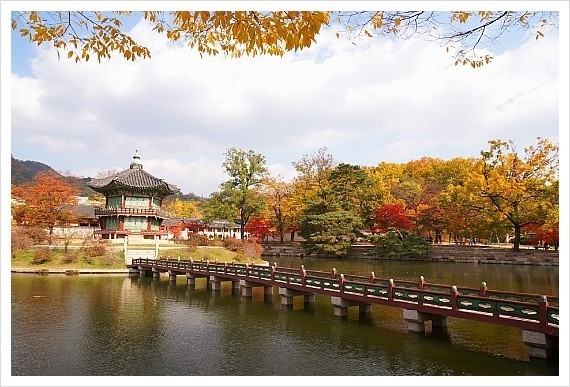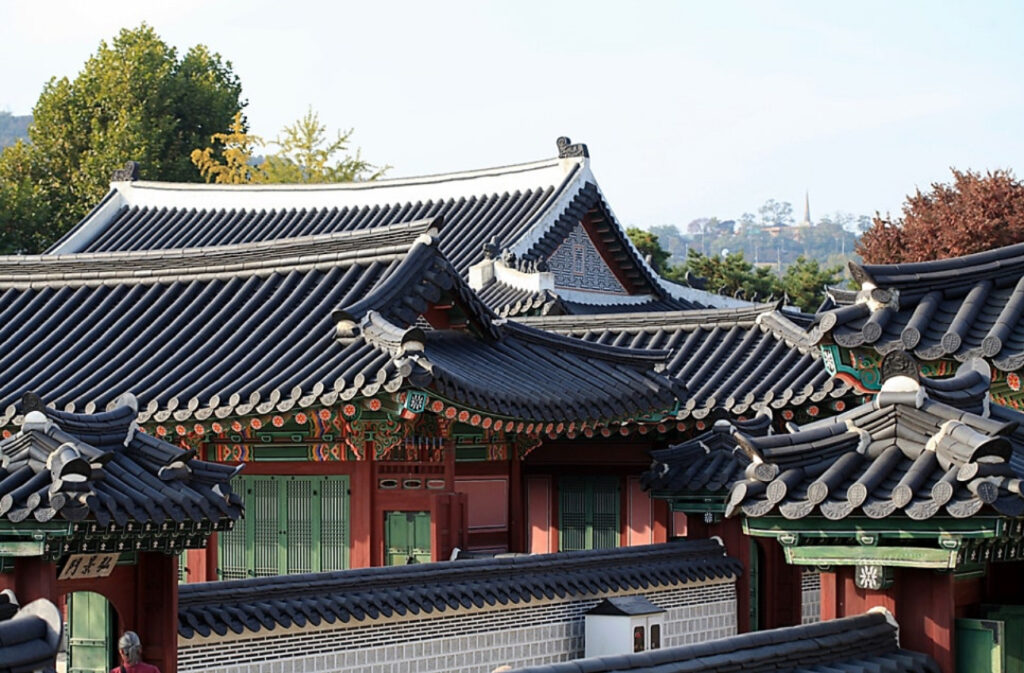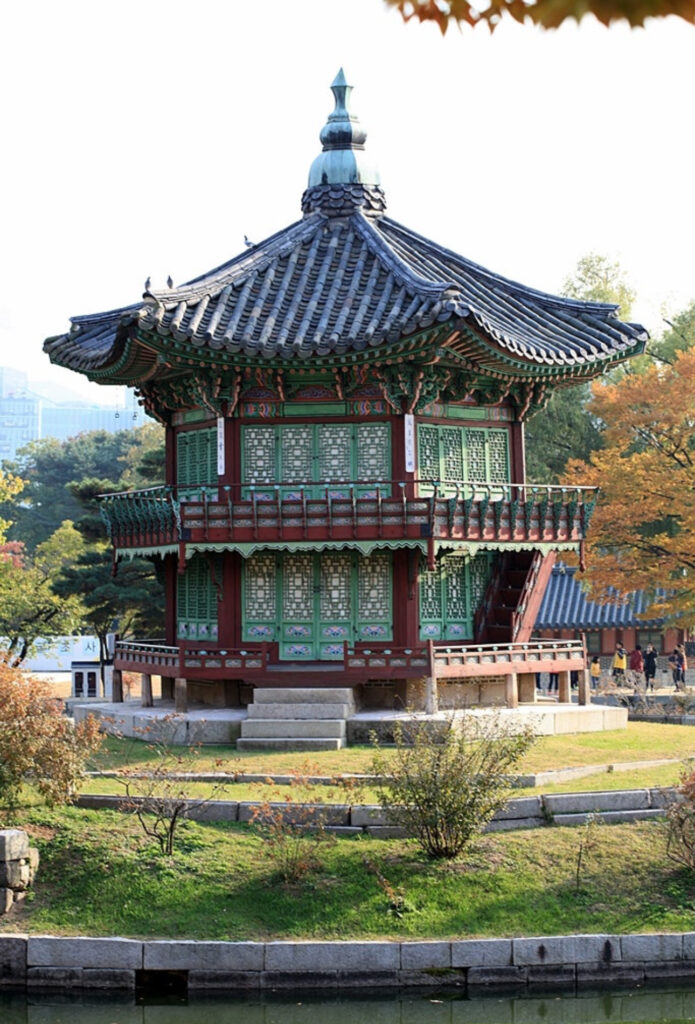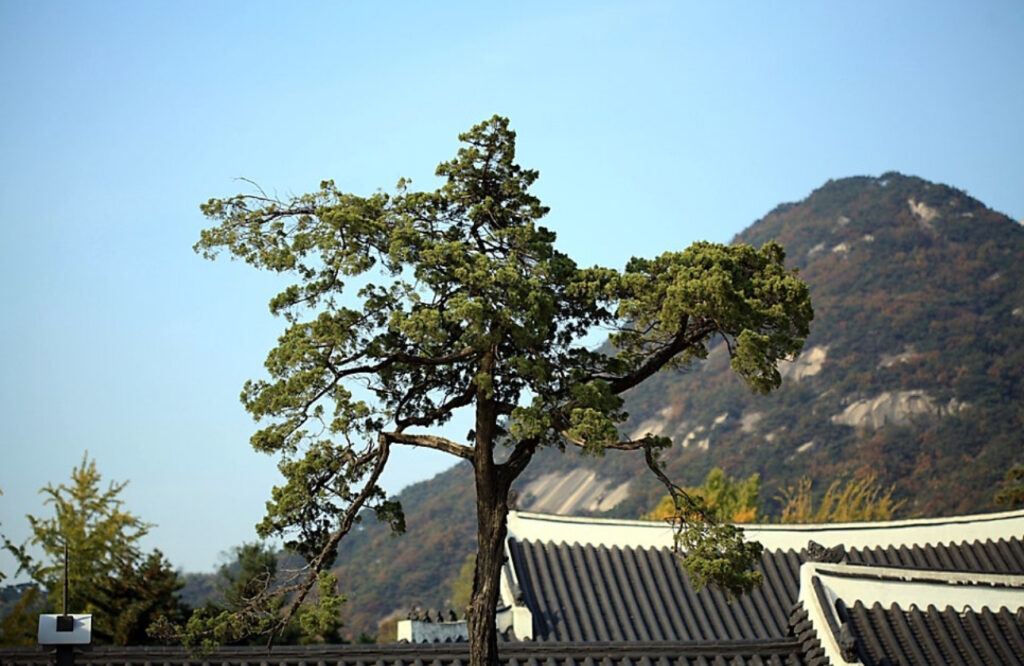When visiting Gyeongbokgung Palace, it’s not just the stunning architecture and grand courtyards that impress travelers. Understanding the history behind the palace adds a rich layer of cultural appreciation. Gyeongbokgung is directly linked to the rise and fall of the Joseon Dynasty, Korea’s longest-reigning dynasty, which lasted over 500 years.

The Founding of Joseon and Gyeongbokgung (1392-1910)
- The Birth of a Dynasty: The Joseon Dynasty was established in 1392 by King Taejo (Yi Seong-gye) after overthrowing the Goryeo Dynasty. He sought to create a new capital in Hanyang (modern-day Seoul) and commissioned the construction of Gyeongbokgung as the main royal palace.
- Philosophical Foundations: The dynasty was deeply influenced by Confucianism, which shaped the political system and social values of the time. Gyeongbokgung reflects Confucian ideals in its layout, symbolizing order and harmony between humans and nature.

| Key Fact | Description |
| First Construction | Built in 1395, Gyeongbokgung became the heart of the new capital. |
| Destroyed in 1592 | The palace was heavily damaged during the Japanese invasions of Korea. |
| Reconstruction | Rebuilt in 1867 by King Gojong as a symbol of national pride. |
| Japanese Occupation | The palace suffered again under Japanese colonial rule (1910-1945), with many structures demolished. |

Decline and Restoration
During the late Joseon period, Korea faced internal struggles, including invasions and foreign interference, especially by Japan. The palace was repeatedly destroyed but remained a symbol of Korea’s endurance. After the Japanese occupation, efforts were made to restore Gyeongbokgung to its former glory.
- Modern-day Restoration: Today, Gyeongbokgung stands as a reminder of Korea’s resilient history and a must-visit landmark. The restoration efforts, which continue today, showcase the determination to preserve the cultural heritage of Korea.

Visiting Gyeongbokgung Palace gives travelers a glimpse into Korea’s royal past, while the surrounding areas like Insadong and Namsan provide a full cultural experience, from souvenirs to traditional Korean cuisine. Understanding the palace’s history offers a deeper connection to the beauty of the site and the stories it holds.
By learning about the rise of the Joseon Dynasty, visitors can better appreciate the legacy Gyeongbokgung continues to represent.